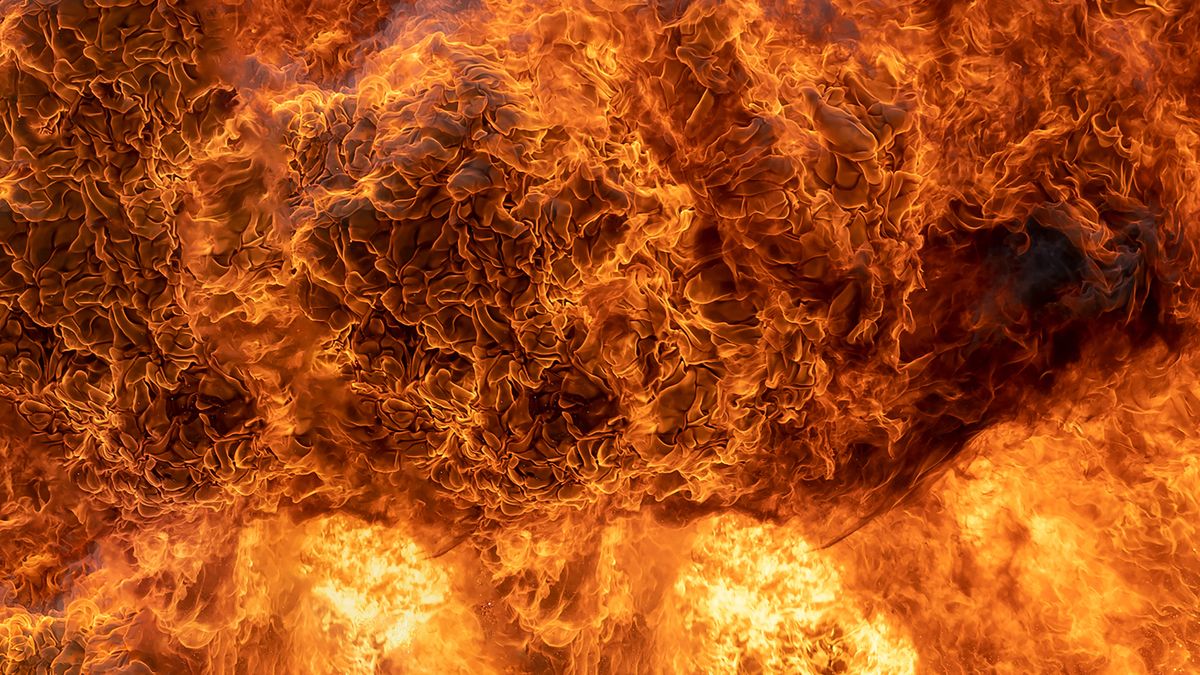Much of the hard work to attain justice has been done by grassroots organizations, in India and elsewhere. Civil suits and other legal mechanisms continue to be pursued, and various foundations and community groups have been set up to help the victims of the disaster, which had a profound effect on public health in the area.
Medical research continues to be conducted, in part because the corporations responsible (Union Carbide and Dow Chemical) have refused to this day to disclose all of the chemicals that leaked during the disaster. While MIC was the main toxin, the abandoned factory site remains a hazard, and other contaminants are likely straining the health care system in the area.
The Bhopal gas tragedy remains a classic example of injustice. Due to their overwhelming poverty, the victims of the Bhopal disaster have never received the compensation (or even the full recognition) they have demanded.
Widely recognized by human rights groups, the world’s worst industrial disaster — as well as those responsible — remains too little-known among citizens of the world.
We created this article in conjunction with AI technology, then made sure it was fact-checked and edited by a HowStuffWorks editor.











